Tutorial 9
Creating a relaxed atmosphere for reading
Find a good place to read
You can read aloud anywhere – in the sports hall, in the classroom, or anywhere else on your premises.
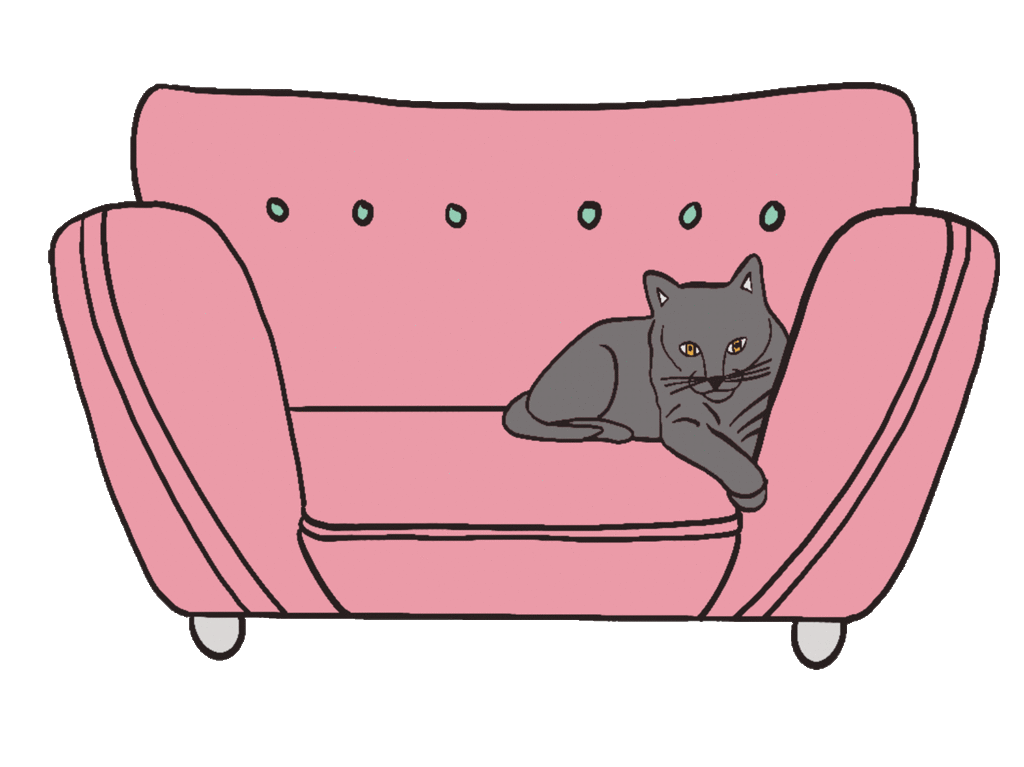
Create a comfortable space
Children can relax and concentrate on the story easiest if they are comfortable. Sit on cushions in a semi-circle, lie down in the grass, or sit on mats in the sports hall.

Good light
The space should have enough light for deaf or hard of hearing children to see your face, your signing, and the pictures in the book.
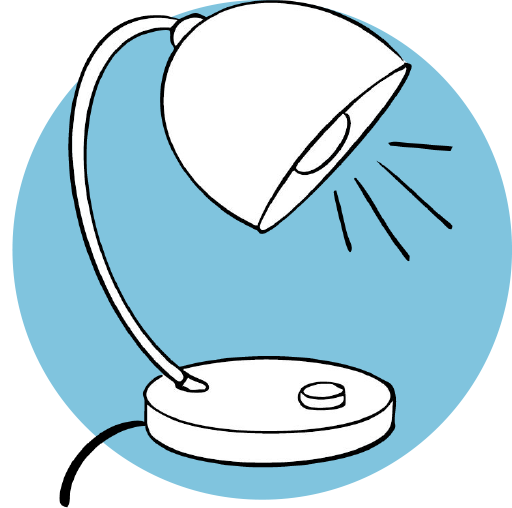

Create a comfortable space
Children can relax and concentrate on the story easiest if they are comfortable. Sit on cushions in a semi-circle, lie down in the grass, or sit on mats in the sports hall.

Good light
The space should have enough light for deaf or hard of hearing children to see your face, your signing, and the pictures in the book.
Calm atmosphere
Calm surroundings aid comprehension. Avoid visual or acoustic distractions.

Special locations
Visit a library for your reading session. It will give children positive, direct contact with books and enable them to discover something new.
Read stories related to trips, e.g. to the zoo or the park.
Holding reading sessions on a blanket outdoors suits children in early learning or daycare settings particularly well.
Calm atmosphere
Calm surroundings aid comprehension. Avoid visual or acoustic distractions.

Special locations
Visit a library for your reading session. It will give children positive, direct contact with books and enable them to discover something new.
Read stories related to trips, e.g. to the zoo or the park.Holding reading sessions on a blanket outdoors suits children in early learning or daycare settings particularly well.
Good positioning
Deaf and hard of hearing children need to see your face, hands and upper body well, in order to combine the auditory and visual information (lip movements, facial expressions and signs) and better understand your spoken language.
A suitable reading space depends on the size of the group, and the space you have. Try out various options and ask the children – particularly those who are deaf or hard of hearing – whether they can understand you well.
Project
Sit the children in a semi-circle. Project the picture book onto a screen or wall, and stand next to it. The children can then look at you and the book in turn.
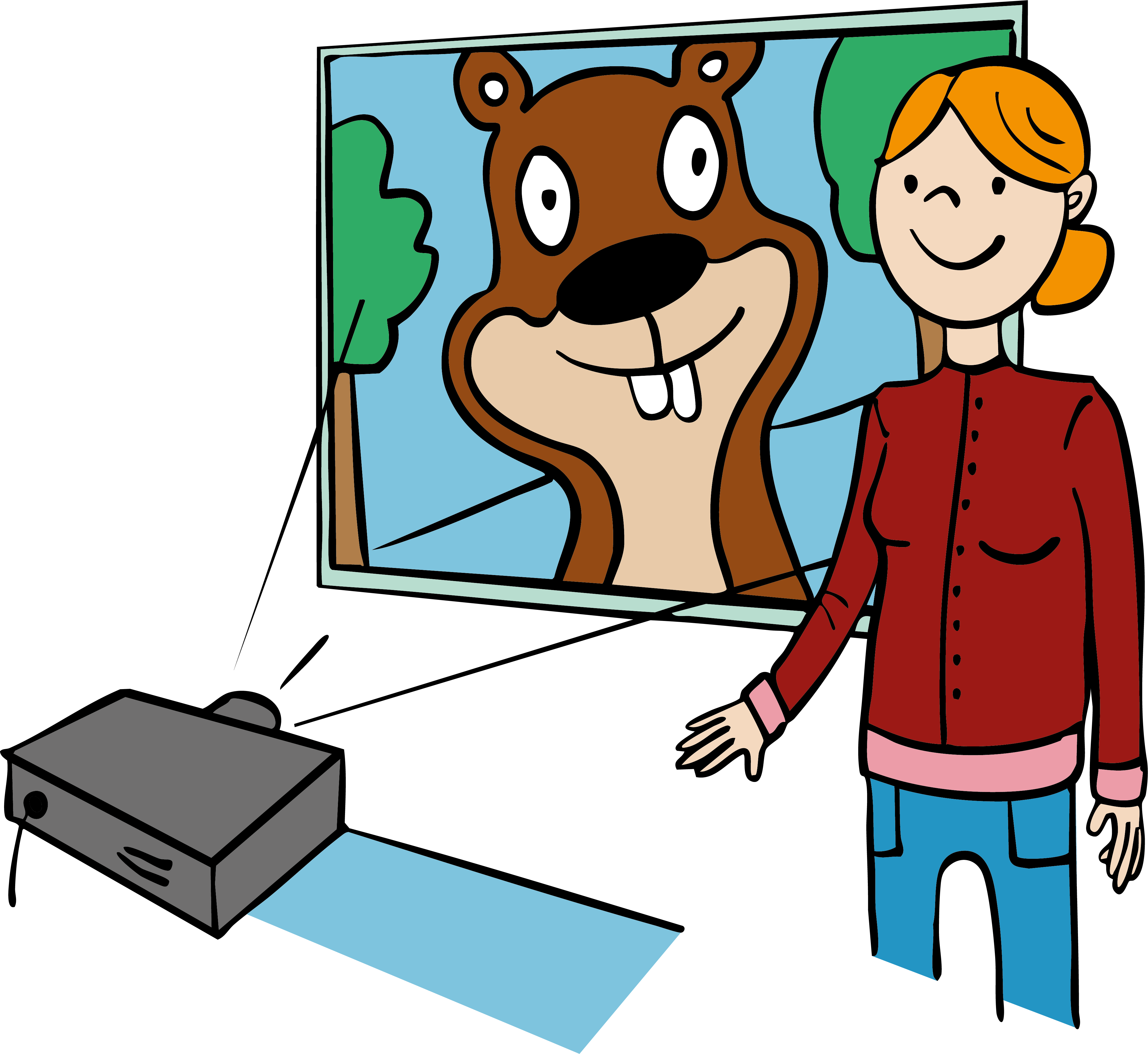
Picture-text order
Show the children the pictures first. Then put the book down and tell the story whilst also signing.
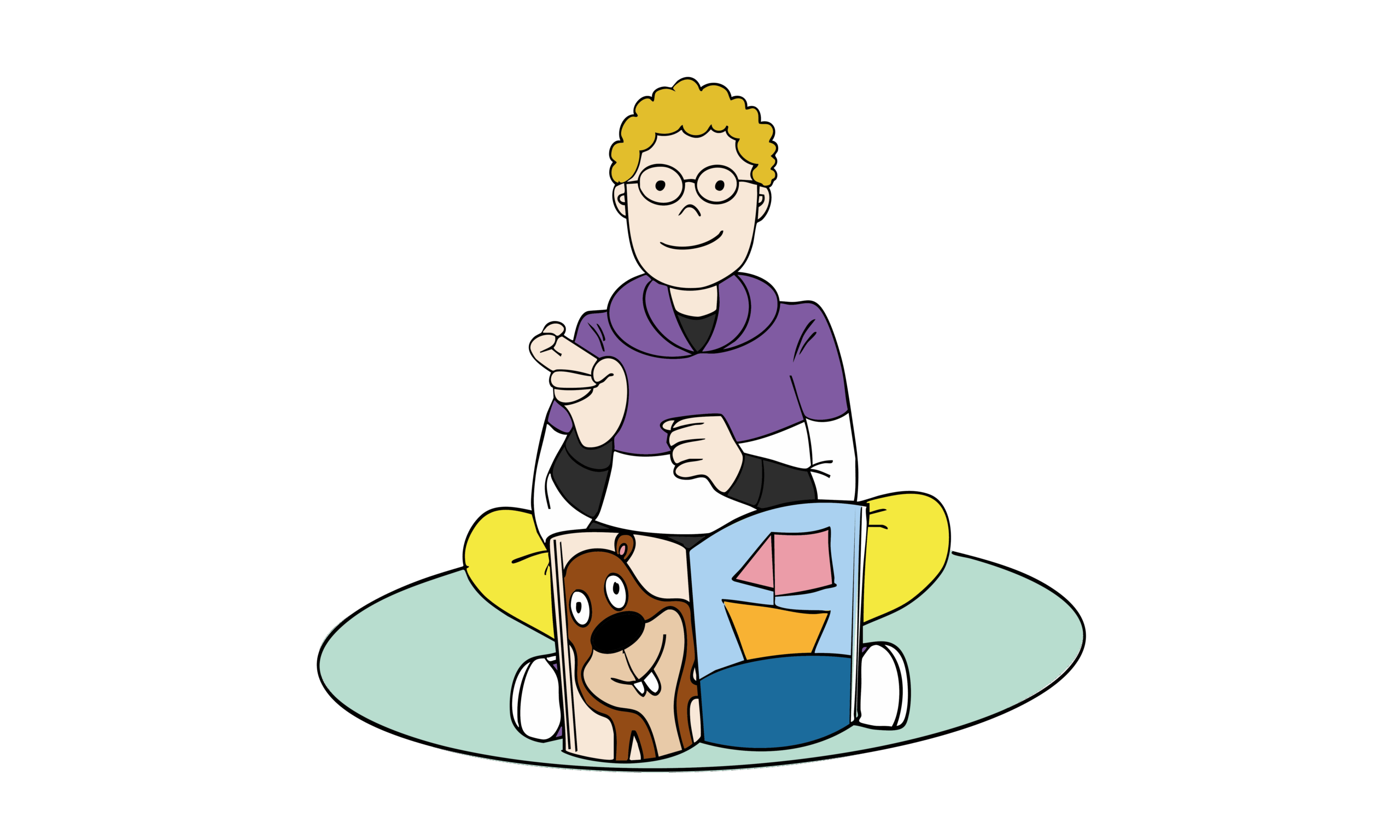
Posters
Print the picture book in poster size; show the pages one by one or display them like a gallery. A kamishibai display is also a good alternative.
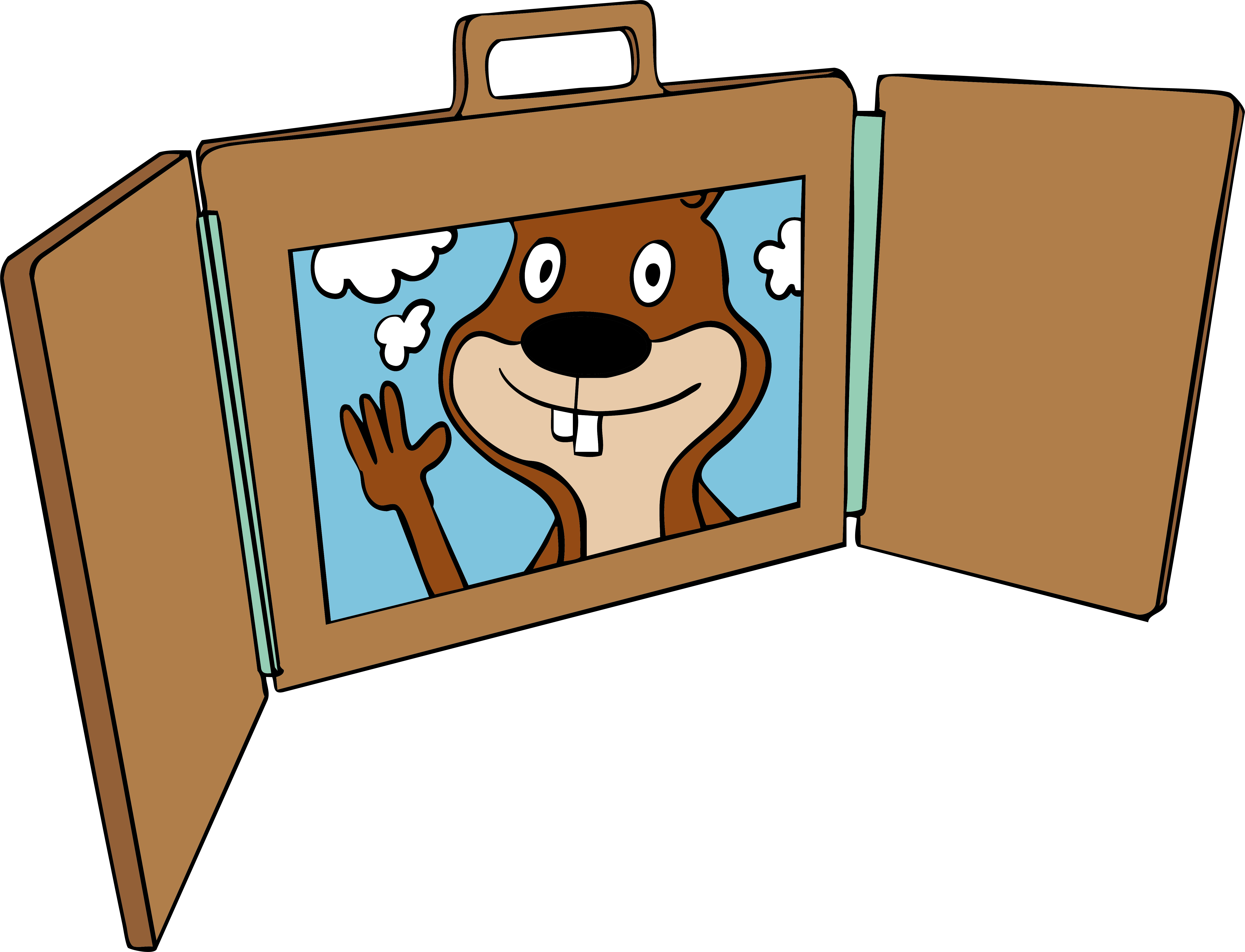
On your lap
The child can sit sideways on your lap, so that they can look alternately at you and the book.
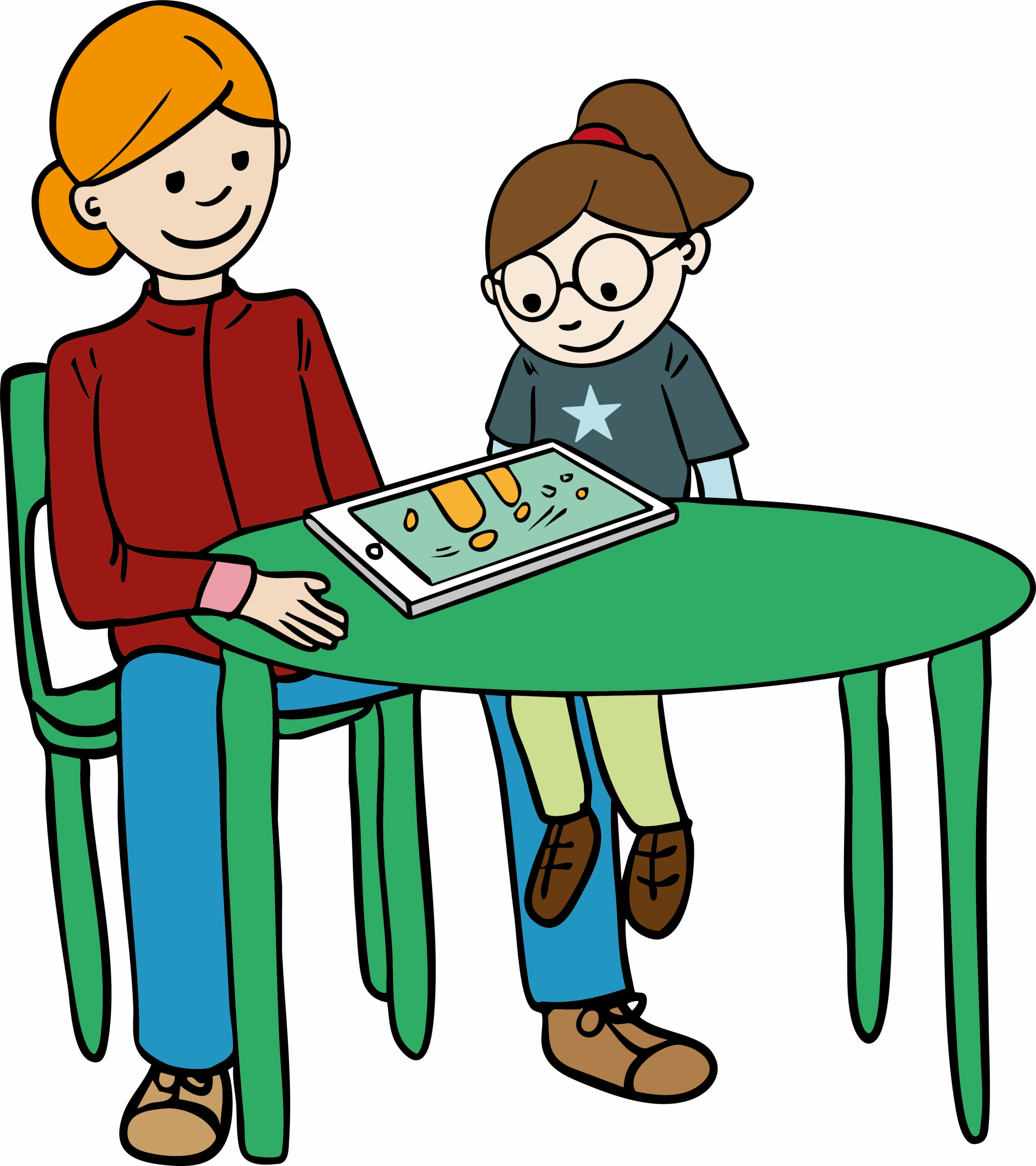
At the table
Sit together at the table or on the floor, and look at the book together. The child can look at you at any time.
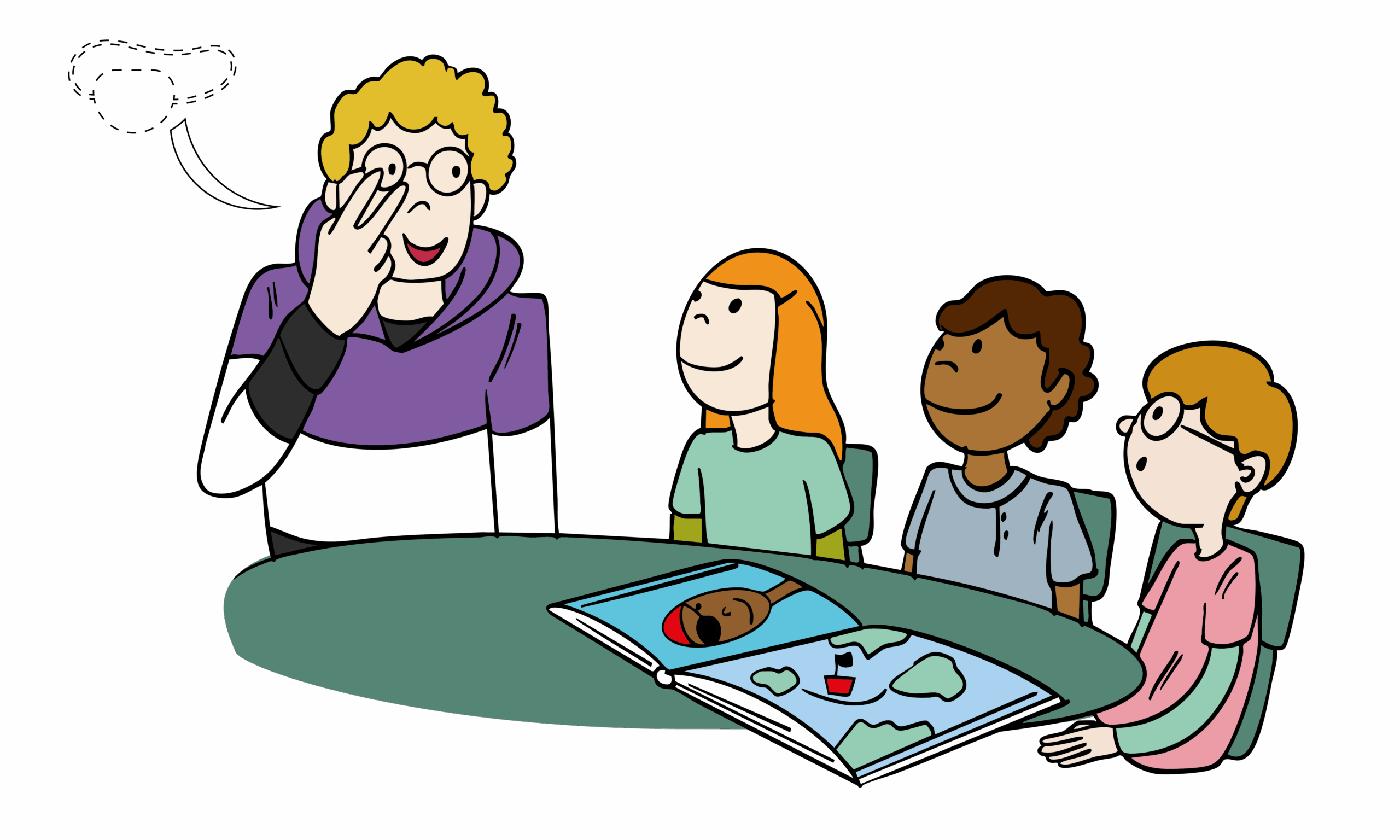
Aids
While you are signing, place the book on the floor or the table, to leave both hands free. A book stand or a mirror placed opposite you can also be helpful.
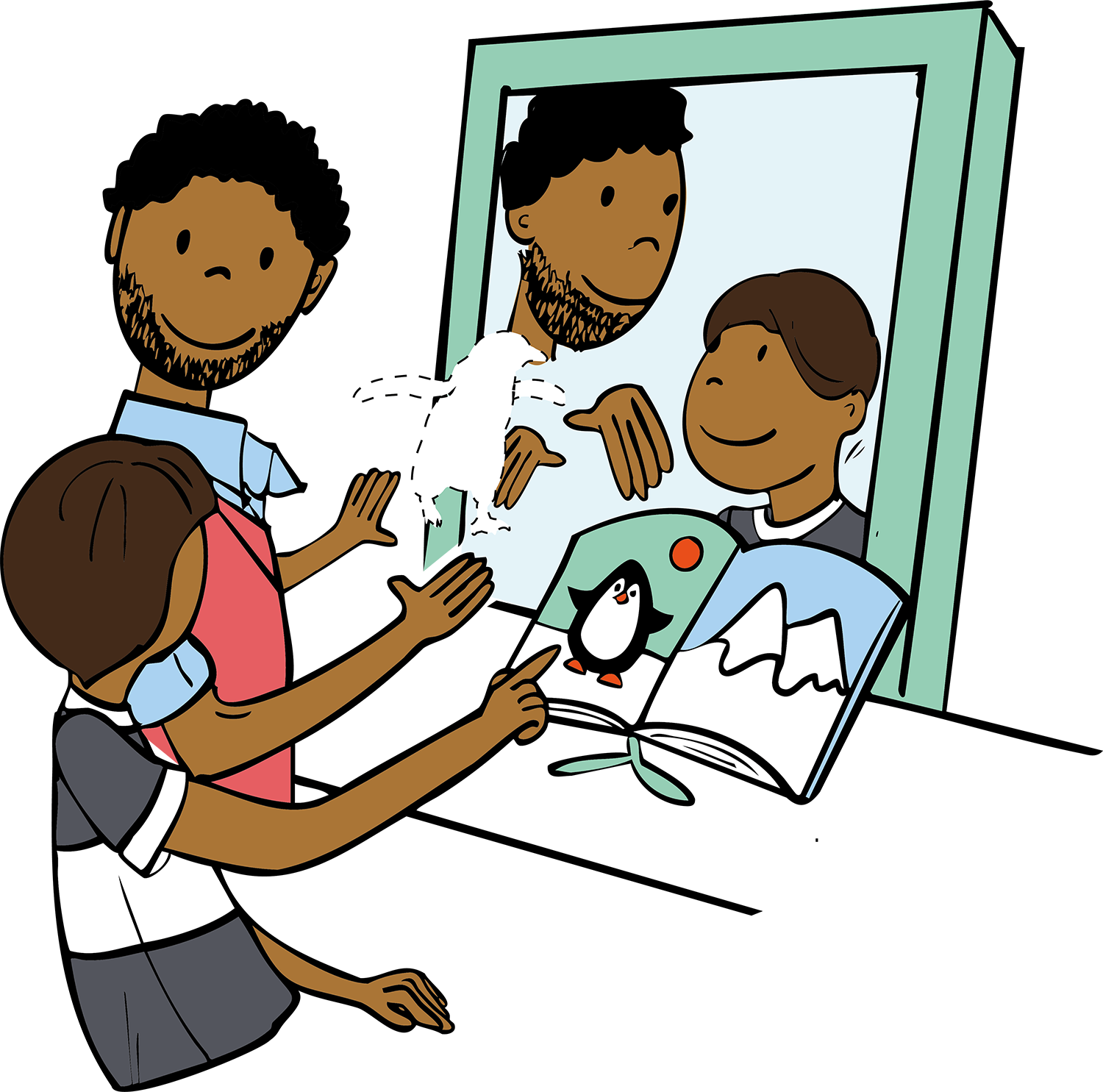
With all the suggested sitting positions, ensure a comfortable proximity/distance for everyone involved. For example, ask the children if it is all right for them to sit in your lap.


Tasks
Tasks

Choose a new seating arrangement from this tutorial and follow the instructions. Ask deaf and hard of hearing children if they understand you well.

Find a special location for a reading session, e.g. in the sports hall, or on the grass. Let the children participate in the decision-making. Afterwards, reflect on any positive or negative aspects of reading in that location.
